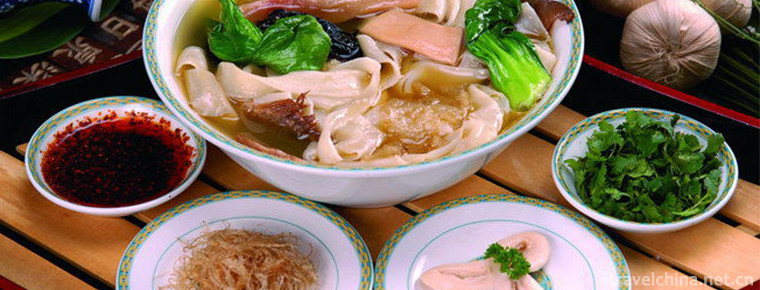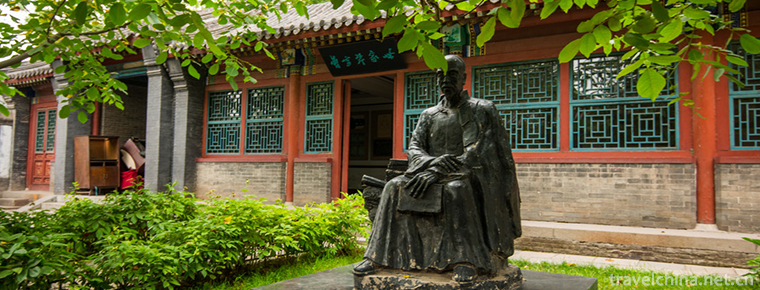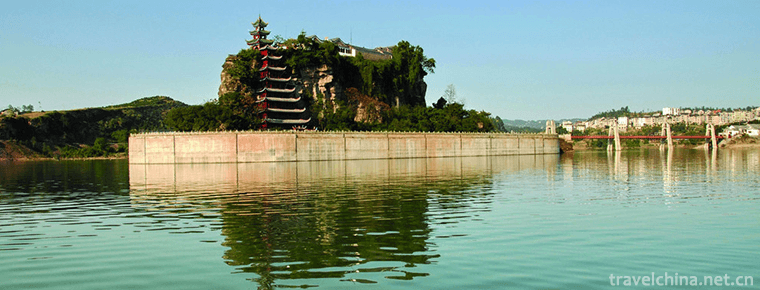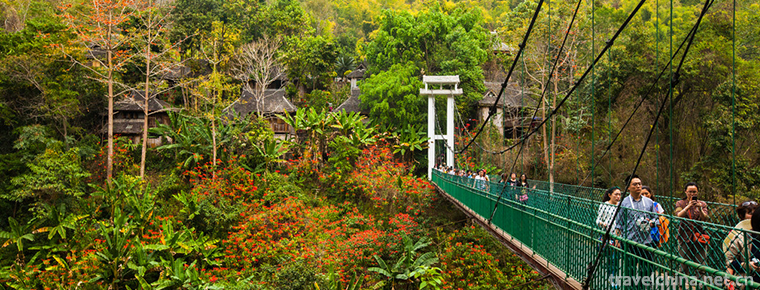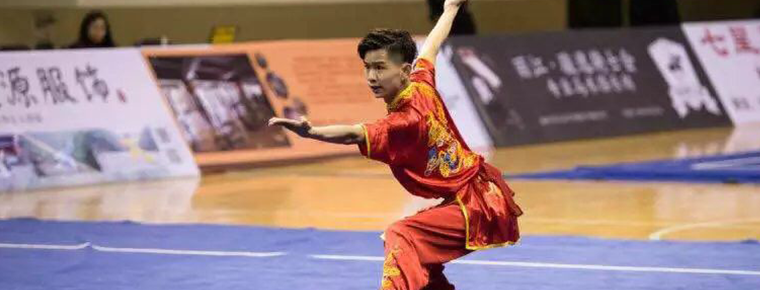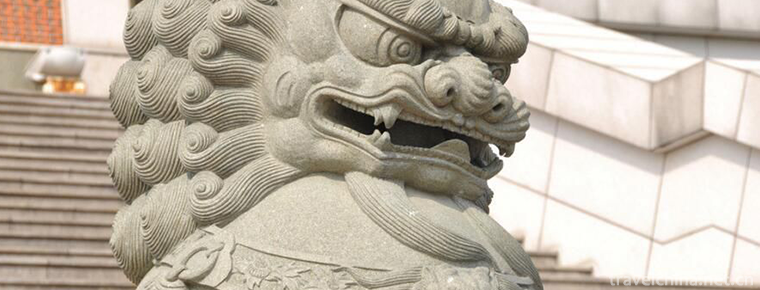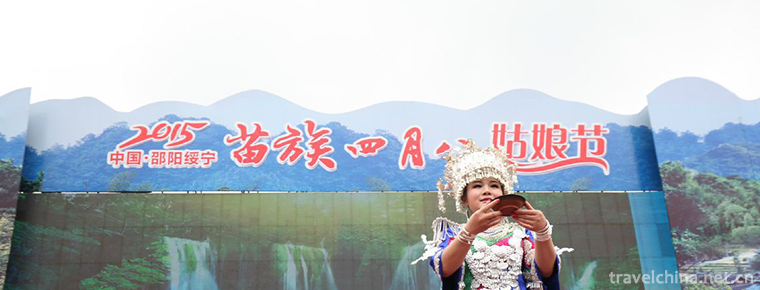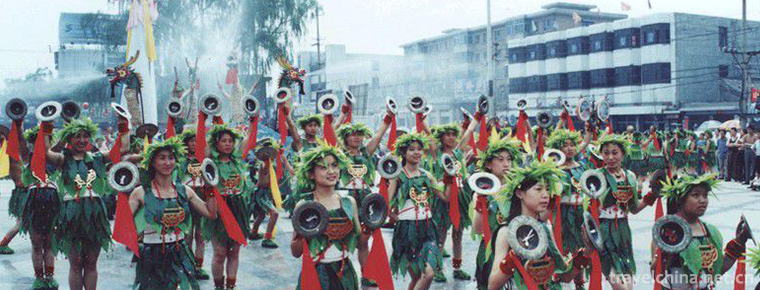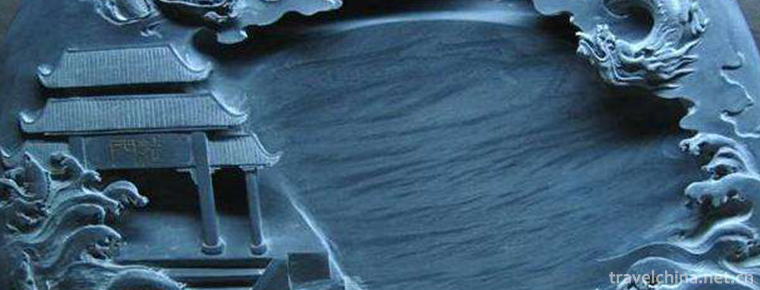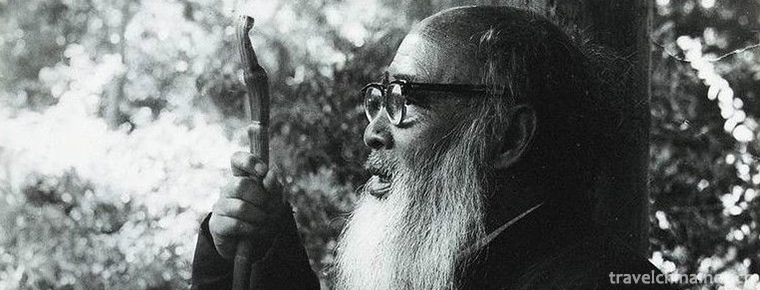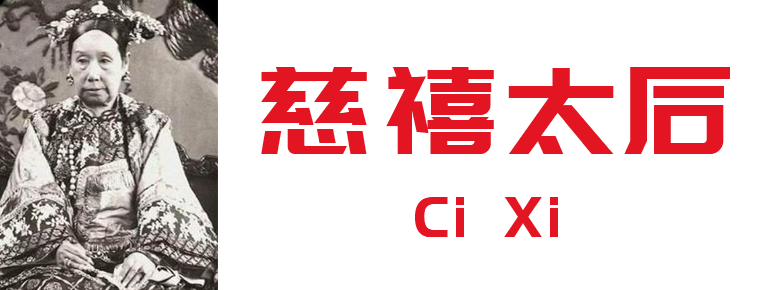Two strands
Two strands
Erguxian is an ancient traditional opera, which was formed in Song Dynasty and has a history of more than 500 years. The two-strand string is evolved from folk minor, with distinctive style, unique singing voice and strong regional characteristics, which has not been seen in other parts of the country. The two-strand string has not been influenced by modern drama, and basically maintains its original ecology. It has high academic and cultural value.
On June 7, 2008, the two strands were listed in the second batch of national intangible cultural heritage list with the approval of the State Council.
Brief history of drama
Erguxian is an ancient opera, which was formed in Song Dynasty and has a history of more than 500 years. The two-strand string is evolved from folk minor, with distinctive style, unique singing voice and strong regional characteristics, which has not been seen in other parts of the country.
In the summer of 2006, the non-material cultural heritage research group of Henan Normal University discovered this drama while investigating Huaiban. This type of opera was omitted in the National Opera census, so no two-strand string can be found in the existing official publications. With the help of the research group, Erguxian was successfully declared as the first batch of intangible cultural heritage in Henan Province. By 2006, there was only one Opera Troupe in the whole country - Dasima Ergu String Troupe in Wuzhi County.
artistic characteristics
The style of the two strands is distinct, the singing voice is unique, and it has a strong regional character. There are 18 main types of slabs, such as clear slab, second slab, cavity, stomping slab and so on. There are more than 100 plays, such as Qin Xuemei, Baolian Lantern and so on.
Inheritance significance
The two-strand string has not been influenced by modern drama, and basically maintains its original ecology. It has high academic and cultural value.
Troupe
The troupe is the only two-strand string troupe in China. There are more than 40 actors in the troupe. Although the performances are continuous, most of them are friendship performances with no performance fees. Because the young people are unwilling to participate in the two-strand play, the old artists in the village have consciously undertaken the mission of saving the two-strand play.
Dasima Erguxian Opera Troupe has made solemn and solemn efforts to protect cultural heritage. They have no funds, no space, no popularity. There are fewer and fewer people going to the theatre in modern times. Even if they perform voluntarily, they sometimes have to beg others. In order to preserve the country's only remaining theatre troupe, under extremely difficult circumstances, they have made arduous efforts, hoping that all people concerned about intangible cultural heritage can extend their help to protect Henan's precious cultural heritage!
Since 2006, the Ergu String Theatre Troupe began to organize its materials and repertoires, and some valuable audio-visual materials have been preserved. Xue Gengyin, one of the directors of Fengzhangcun intangible cultural heritage protection center, said that due to the limited funds, the two-string and Huaibang drama supported by the center need more government investment.
In 2006, Wuzhu County set up a special support fund to develop and strengthen the two-strand Opera Troupe through the development of opera competitions, regular performances and other activities, so as to return traditional culture to the masses, and make the protection of intangible cultural heritage a conscious action of everyone.
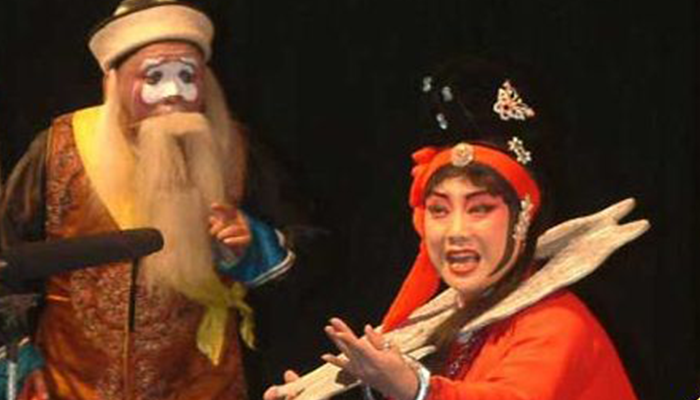
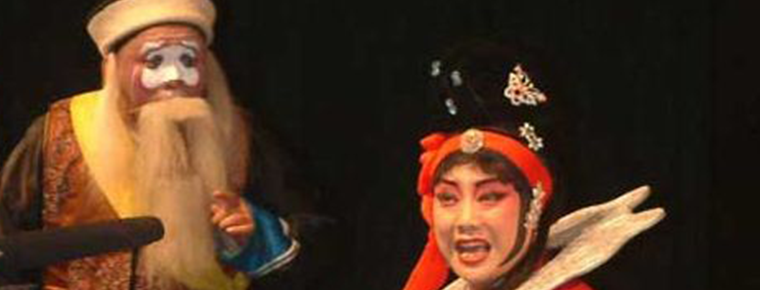
Two strands
-
Yibin burning Noodles
The Yibin burning Noodles is one of the most distinctive traditional snacks in Yibin
Views: 427 Time 2018-10-12 -
Zhengzhou Xiao Ji stewed noodles
Zhengzhou Xiao Ji stewed noodles,Xiao Honghe, the founder of Xiao Ji Yanmian, was a master of Yifumian at Changchun State-owned Hotel in Zhengzhou.
Views: 199 Time 2018-11-26 -
Rong Guo Fu
Rongguofu, located in Zhengding County, Shijiazhuang City, Hebei Province, is a group of archaized buildings with the culture of the late Ming and early Qing Dynasties as the background. In 1986
Views: 207 Time 2019-02-07 -
Shi Bao Village
Shibaozhai, a national AAAA-level tourist attraction, a national key cultural relic protection unit, is one of the 30 best new tourist landscapes in the Three Gorges of the Yangtze River,
Views: 117 Time 2019-02-08 -
Xishuangbanna Primitive Forest Park
Xishuangbanna Primitive Forest Park, located in the east of Jinghong and north of Lancang River, is 8 kilometers away from the seat of the state capital.
Views: 209 Time 2019-02-25 -
Zha Quan
Zha Quan is one of the five major schools of traditional Chinese long boxing, which is widely spread among Hui people. It originated in Shandong Province
Views: 164 Time 2019-04-15 -
Huian stone carving
Hui'an stone sculpture mainly served religion in its early stage, with strong religious color. It is mainly embodied in the architectural design, sculpture and installation of the temple,
Views: 201 Time 2019-05-05 -
April Eighth Girls Day of Miao Nationality
"Girl's Day" originated in memory of Yang Bamei, a heroine. Legend has it that in the Northern Song Dynasty, Yang Wenguang, a famous general, was ordered to be plain and barbarous. After def
Views: 217 Time 2019-06-05 -
Wenshui Tiaozi
Wenshui Biaozi is an ancient and unique traditional folk music art spread in Wenshui County, Shanxi Province. It is named for its special copper cymbals commonly known as "Biaozi" in perform
Views: 167 Time 2019-06-29 -
Inkstone making skills
Inkstone making skills, local traditional handmade inkstone making skills in Shexian County of Anhui Province and Wuyuan County of Jiangxi Province, is one of the national intangible cultural heritage
Views: 154 Time 2019-07-01 -
Empress Dowager Ci Xi
Ci Xi (November 29, 1835 - November 15, 1908) is the queen of Xiao Qin chin. Yehiel Bernard La Shi, Xianfeng Emperor Concubines, Tongzhi Emperor The birth mother. Important in late Qing Dynasty Politi
Views: 283 Time 2019-09-07

